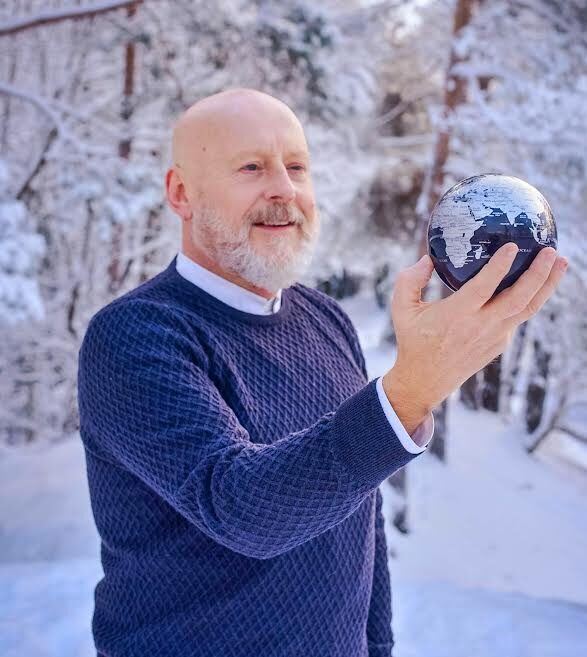Picking rubbish from the beaches on the Helgeland coast
This sailing trip had two purposes. We were going to sail along the most beautiful Helgeland coast. And stop on beaches to pick up rubbish.

The trip was organized by Norrøna/Hvitserk/Tavaha (Nordic ocean watch). I got my friend Nina to join, and we set off on a 17 hours journey by train from Oslo to Bodø. After arriving in Bodø, we could board the sailboat in the afternoon. Altogether we were six paying passengers, a captain, and one representing the Tavaha.

We were going to visit.
- Rødøy
- Myken
- Træna
- Vega
- Ylvingen
We were all eager to get out to sea. Not one of the passengers was a skilled sailor, so we all had to learn more or less from scratch. It was lovely to leave the city and head out to the islands.

In July, the sun never goes down here, and we woke up to a bright sun the first morning. We had anchored up in a small bay, and there was not a house in sight. After breakfast, we got out of the inflatable boat and into our first beach to pick rubbish. We worked for a couple of hours before returning to the sailboat. Some of us had the first, not too warm dip in the sea.

Rødøy
The second night we spent by the pier at Rødøy Island. We hiked up to Rødøyløva (Red island lion), the mountain that gets red in the sunset and looks like a laying lion in the sea from a distance. Moreover, we got a fantastic view of the midnight-sun from the top.

The organizers had bought food for the whole trip in advance, and we alternated between making the food and doing the dishes. If we had to make food while sailing and the sea was rough, I prepared it. I love to feel the waves.
Every day we stopped at two or three beaches to pick up rubbish. We put it in bags and tied it up, and the representative from Tavaha reported it in, and some other boat would come and pick it up later.

Myken
Myken and its lighthouse are very picturesque and lovely to sail into; apparently, there are only nine permanent inhabitants on this island. It also hosts Myken Distillery. This is the world’s first arctic distillery. We got a guided tour of this place the following morning.

Træna
In the afternoon, we arrived at Træna, an island I visited in 1980 and a place I always dreamed of coming back to. Before we hiked around Sanna Island, we stopped at the cave Kirkhelleren. In the evening, we anchor up at Husøy. We got a seminar about Tavaha, how the world’s oceans are polluted, especially by plastic. It was fascinating and terrifying.

Paradise does not have to be tropical; Træna is a paradise, and it has Norway’s most scenic festival in the summer.
Vega
Vega is a fascinating island situated just south of the Arctic Circle. It is listed on UNESCO world list. In addition to doing our duty of picking, we visited the museum for world heritage, history, and the people living on these islands. Generations of fishers and farmers in this challenging environment, especially the unique tradition with eiderdown collections that the women were carrying out.

Ylvingen
The last stop on the trip was Ylvingen, well known to Norwegians by the TV series Himmelblå. While we were there, Håkon Erlandsen had a seminar/concert that we attended. He is a saxophonist known to play on the highest mountaintops in the world. Very fascinating.

On the last day, we sailed into Brønnøysund. Helgeland coast is underrated, in my opinion; not only Lofoten needs to be discovered in the north of Norway.

Nina and I took Hurtigruten overnight back to Trondheim and the morning train to Oslo. Of course, I feel good about the job we did, but mostly we had an incredible journey in these surroundings.








It is best to combine work and travel for the benefit of all. Think how much cleaner our world would be if more such trips were organized!
That is true Tiiu. Some people said to me it’s strange to pay, and then have to work. However, I did not feel it was like that, the picking was so little part of the whole trip. In addition, I would not be able to visit those islands on my own.